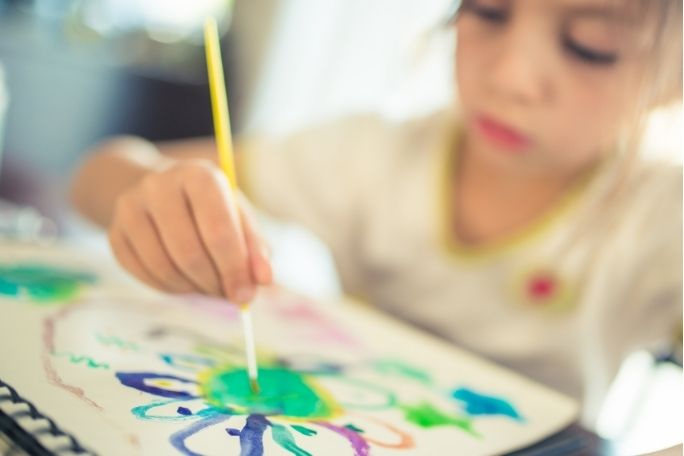Lesson summary
Students explore the different parts of our environment. They begin by looking at the different parts of our environment and why they are important. Students will then work independently or in pairs to identify a colour, a symbol and an art technique that would best suit each of these parts of our environment. They will then select the part of our environment they are most interested in and combine the elements they identified as best suited to this part to create a larger drawing. Students will share this drawing with the class for feedback.
Learning intentions:
Students will...
- understand what is meant by the term ‘our environment’ and will know that there are many parts to environment
- develop and practise art-making techniques
Success criteria:
Students can...
- describe some of the different parts of our environment and why they are important
- use a range of colour pencil techniques
- create a symbol to represent an idea
Lesson guides and printables
Lesson details
Curriculum mapping
Australian curriculum content descriptions:
Year 3 & 4 Visual Arts:
- Use materials, techniques and processes to explore visual conventions when making artworks (ACAVAM111)
Year 4 HASS:
- The importance of environments, including natural vegetation, to animals and people (ACHASSK088)
Syllabus outcomes: VAS2.2, GE2-1, GE2-2, GE2-3.
General capabilities: Critical and creative thinking.
Cross-curriculum priority: Sustainability OI.2.
Relevant parts of Year 3 & 4 Visual Arts achievement standards: Students plan and make artworks that communicate ideas.
Relevant parts of Year 4 HASS achievement standards: Students identify the interconnections between components of the environment and between people and the environment.
Unit of work: Creative Sustainability – Year 3 & 4.
Time required: 60 mins.
Level of teacher scaffolding: Medium – facilitate class discussion, oversee activities.
Resources required
- Student Worksheets – one copy per student
- Art materials
- Colour-Symbol-Technique Worksheet
- Pencil Colouring Techniques Handout
Skills
This lesson is designed to build students’ competencies in the following skills:
- Communication
- Creativity
- Critical thinking
Additional info
Faber-Castell has long understood the importance of creativity to all people, especially to young people. It is also continuously searching for environmentally friendly processes and high-quality materials to enhance children’s creative experience throughout every development phase. For more information about Faber-Castell, click here.


Welcome back!
Don't have an account yet?
Log in with:
By signing up to Cool.org you consent and agree to Cool's privacy policy to
store, manage and process your personal information. To read more, please see
our privacy policy here(Opens in new tab).
Create your free Cool.org account.
Many of our resources are free, with an option to upgrade to Cool+ for premium content.
Already have an account?
Sign up with:
By signing up to Cool.org you consent and agree to Cool's privacy policy to
store, manage and process your personal information. To read more, please see
our privacy policy here(Opens in new tab).